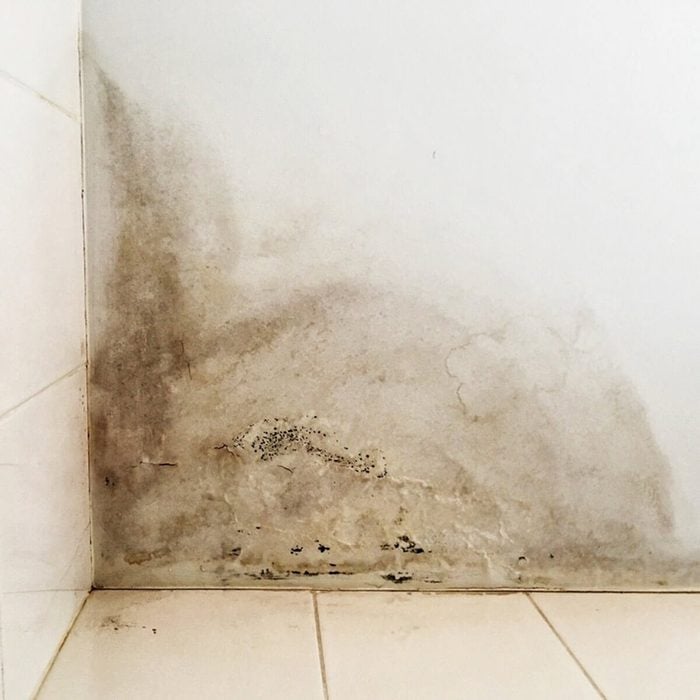Exploring What Behind Bathroom Water Deterioration
Exploring What Behind Bathroom Water Deterioration
Blog Article
This post in the next paragraphs on the subject of How to Repair and Prevent Bathroom Water Damage? is amazingly intriguing. Don't miss it.

Water damage usually takes place in the washroom due to the water utilized day-to-day. Sometimes, the damages could be a little mold and mildew from the shower. Various other times, it's enormous damage on your flooring. Whatever it is, it is always excellent to know the reason and also avoid it before it happens.
This guide will certainly undergo some of the common root causes of water damage in the shower room. We will also analyze what you can do to avoid these causes from harming your shower room. Let's dive in.
These are the common reasons you would have water damage in your washrooms as well as how you can spot them:
Excess Dampness
It's amazing to have that long shower and also sprinkle water while you hem and haw and imitate you're doing, but sometimes these acts might cause water damage to your washroom.
Sprinkling water around can cause water to go to edges and create molds. See exactly how you spread excess wetness around, and when you do it, clean it up to stop damage.
Cracks in your wall surface floor tiles
Shower room wall tiles have actually been particularly developed for that purpose. They shield the wall surface from wetness from people taking showers. Nonetheless, they are not unbreakable.
In some cases, your bathroom wall surface tiles split as well as allow some dampness to seep into the wall surface. This could possibly damage the wall if you do not take any kind of action. If you see a crack on your wall surface tiles, repair it right away. Do not wait until it ruins your wall surface.
Overruning commodes and sinks
As people, occasionally we make mistakes that might trigger some water damage in the washroom. For example, leaving your sink tap on can cause overflowing and also damages to other parts of the restroom with wetness.
Additionally, a faulty bathroom might create overflowing. For instance, a damaged commode handle or other parts of the cistern. When this occurs, it might harm the flooring.
As soon as you discover an overflowing sink or bathroom, call a plumber to help handle it promptly.
Ruptured or Dripping Pipelines
There are many pipelines bring water to different parts of your shower room. Some pipelines take water to the commode, the sink, the faucets, the shower, and many other locations. They crisscross the little location of the washroom.
Every so often, these pipes might get rusty and burst. Other times, human action could cause them to leak. When this happens, you'll find water in the edges of your washroom or on the wall surface.
To identify this, keep an eye out for gurgling wall surfaces, mold and mildews, or mildew. Call an expert emergency plumbing to fix this when it happens.
Roof Leakages
Often, the issue of water damage to the bathroom could not originate from the shower room. For instance, a roof leakage can trigger damage to the bathroom ceiling. You can spot the damages done by considering the water spots on the ceiling.
If you discover water stains on your ceiling, examine the roofing to see if it's damaged. After that, call a specialist to assist address the problem.
Final thought
Water damage to your restroom can be bothersome. However, you can manage it if you prevent some of the causes pointed out in this overview. Call an expert emergency situation plumbing professional if you observe any kind of severe damage.
How to Repair a Water-Damaged Wall in the Bathroom
All you need to know to repair bathroom wall water damage – from identifying the water source to finishing the repair professionally. If you don’t act quickly to resolve a water damage problem, you could find that it develops into a mold issue and/or cause structural damage to your home. Follow this guide to repair your bathroom before it's too late.
All you need to know to repair bathroom wall water damage
Water damage is a common household problem, and one that, if left unrepaired, can quickly lead to structural problems and health issues. The two most likely rooms where water damage may occur is the bathroom and the kitchen – where water is used often and there is high humidity.
What is water damage?
It is easy to think of water damage as caused by a flood or leaking tap or burst water pipe. However, when water damage is assessed, there are three main categories into which water falls (as classified by the American National Standards Institute). These categories are defined as:
Category 1 Water – ‘Clear Water’
This is sanitary water. There is usually no major threat to health by washing with this water, drinking it, or inhaling if it is streaming. Most water that enters your home will be category 1 water, while most water leaving your home will be either category 2 or 3 water. It may also come from melting snow, rainwater and water tanks.
Damage caused by this type of water can usually be repaired or restored, though this doesn’t mean that there are no potential health issues.
Category 2 Water – ‘Grey Water’
This is contaminated water – sometimes considerably so – and will cause illness if consumed or if it comes into contact with your skin. Water damage in this category is often caused by overflows from toilet bowls, and damage to washing machines and dishwashers. While damaged items might still be repaired or restored after damage by grey water, it is more difficult and more expensive to do so.
If the water damage in your home has been caused by grey water, it is advisable to have repairs made by professionals.
Over time, grey water will deteriorate and become black water.
Category 3 Water – ‘Black Water’
Category 3 water, also known as black water, is highly contaminated and a great risk to health. This may contain raw sewage, heavy metals, and other toxic substances. It will smell terrible.
If this is the water that has caused damage in your bathroom, do not touch it. Stop the water flowing if possible, seal the room and call the experts: it really isn’t worth the risk of ill health and disease that could be fatal. It is very unlikely that items can be repaired or restored if they have been damaged by black water.
https://www.porterscleaning.com/blog/how-to-repair-a-water-damaged-wall-in-the-bathroom/

Do you like more info about How to Repair and Prevent Bathroom Water Damage?? Put a review below. We'd be pleased to see your thoughts about this blog post. In hopes to see you back again in the near future. If you liked our page if you please be sure to pass it around. Thanks for taking the time to read it.
Instant help? Contact. Report this page